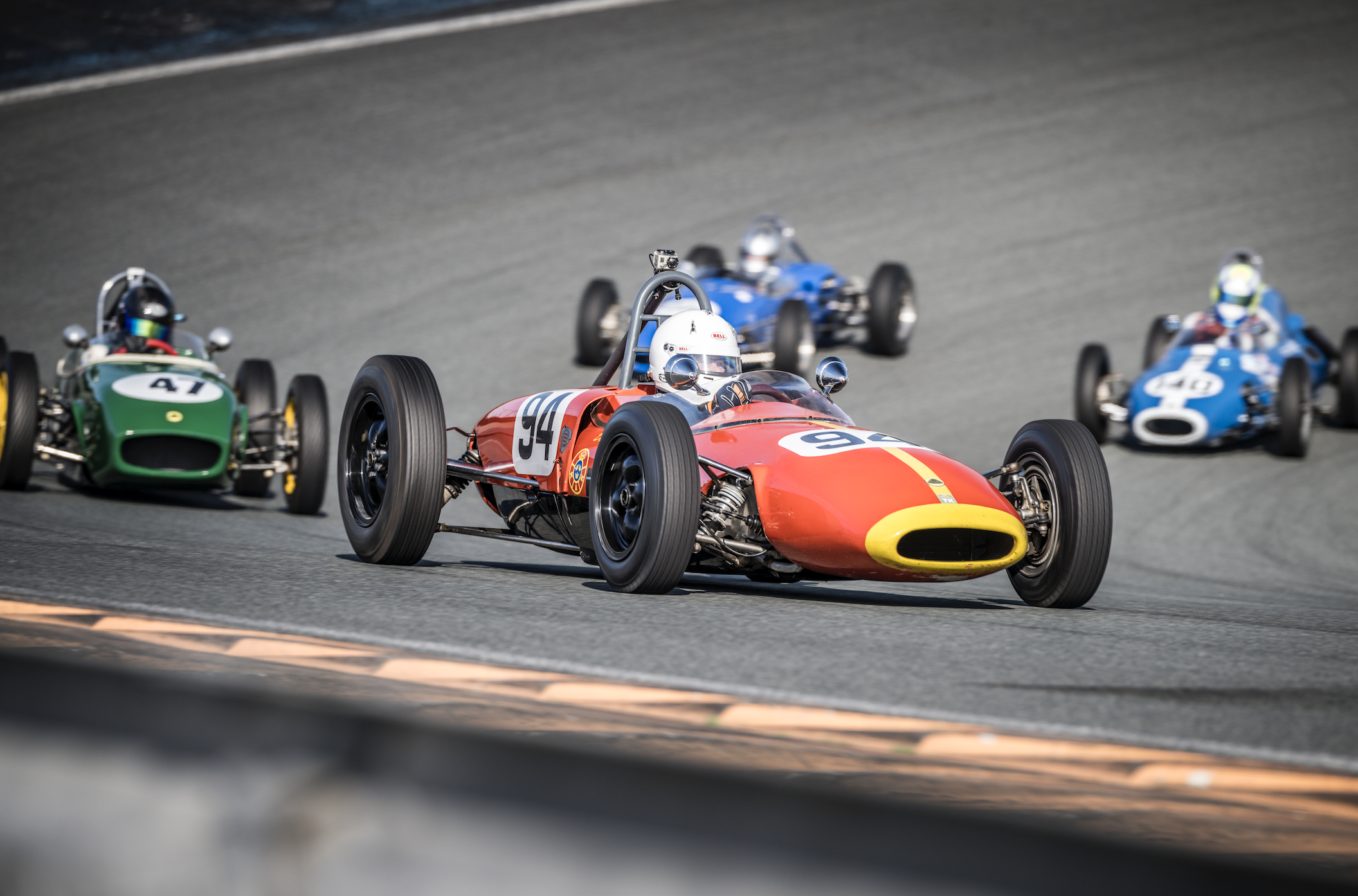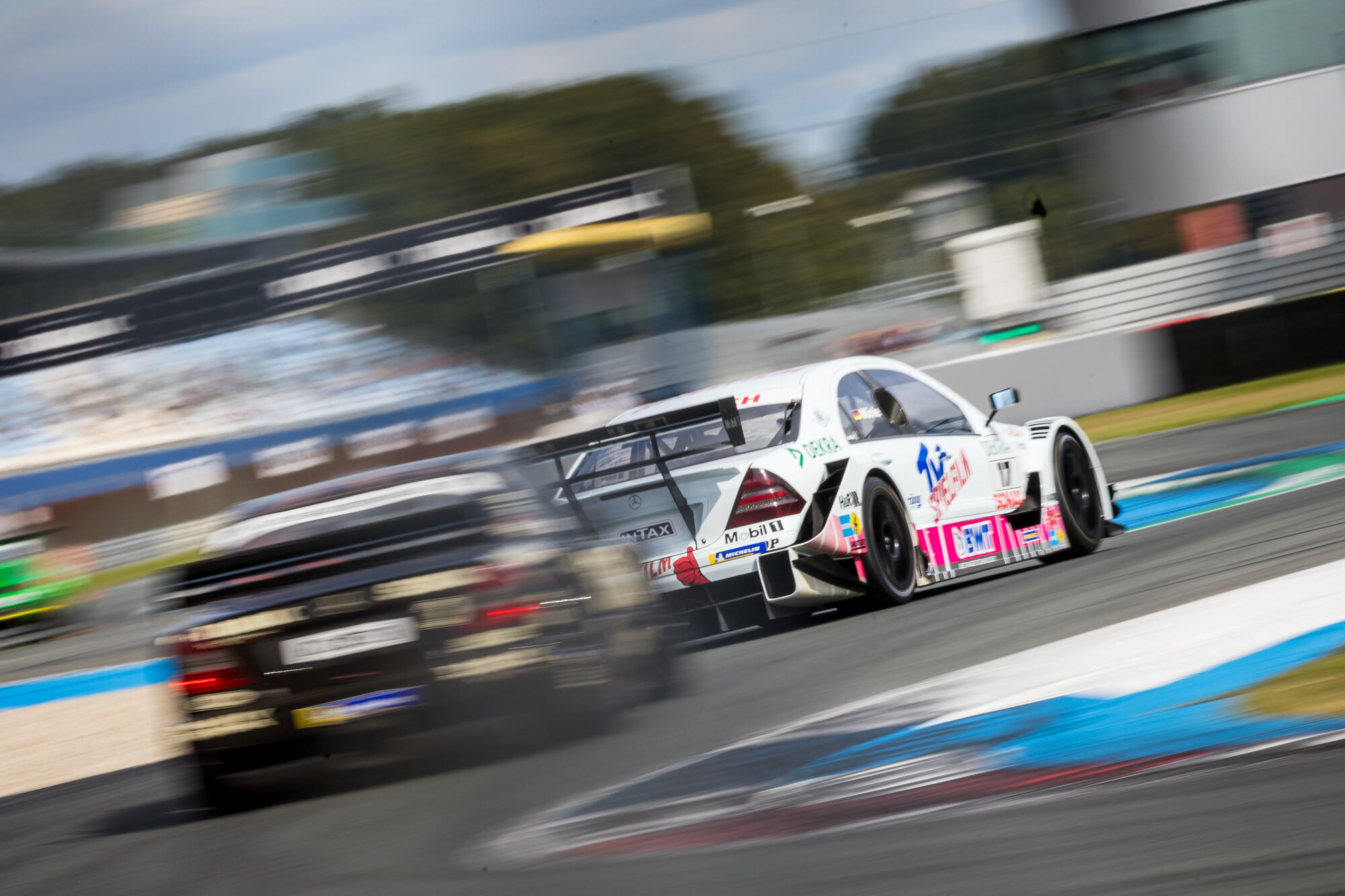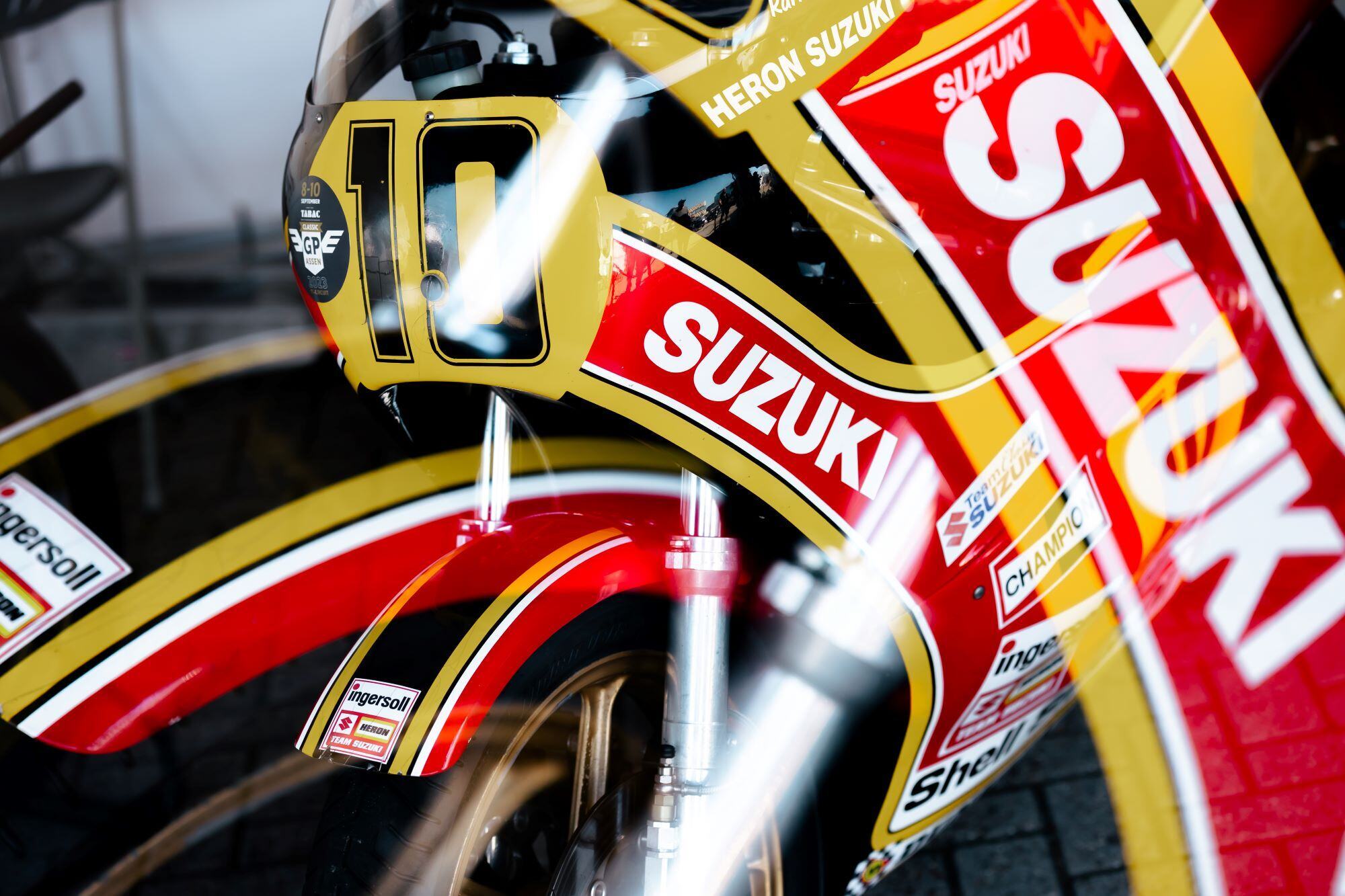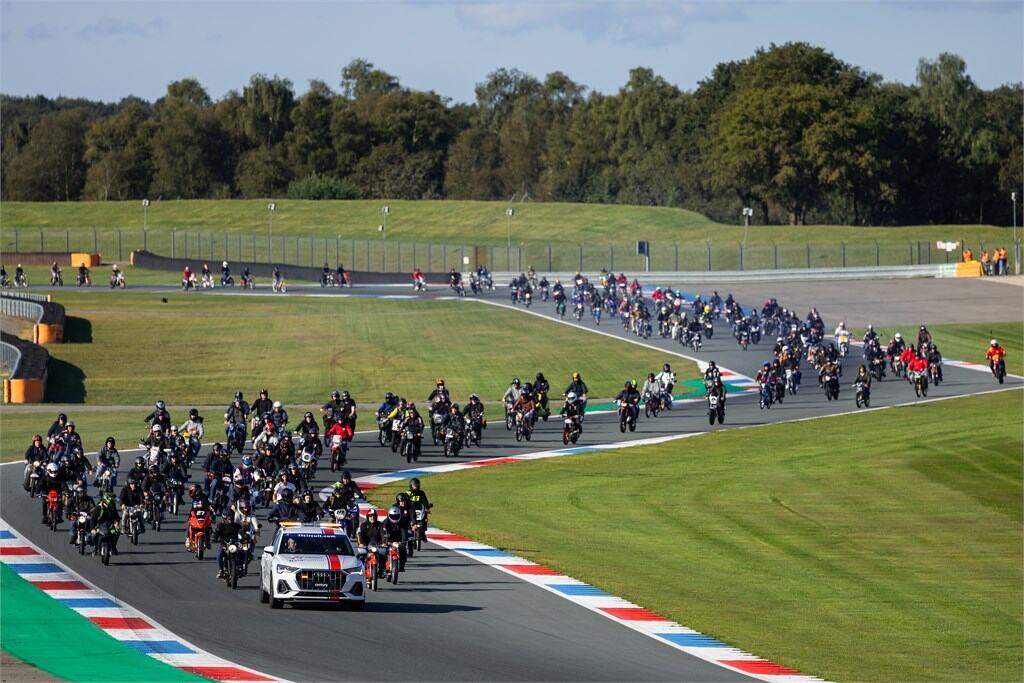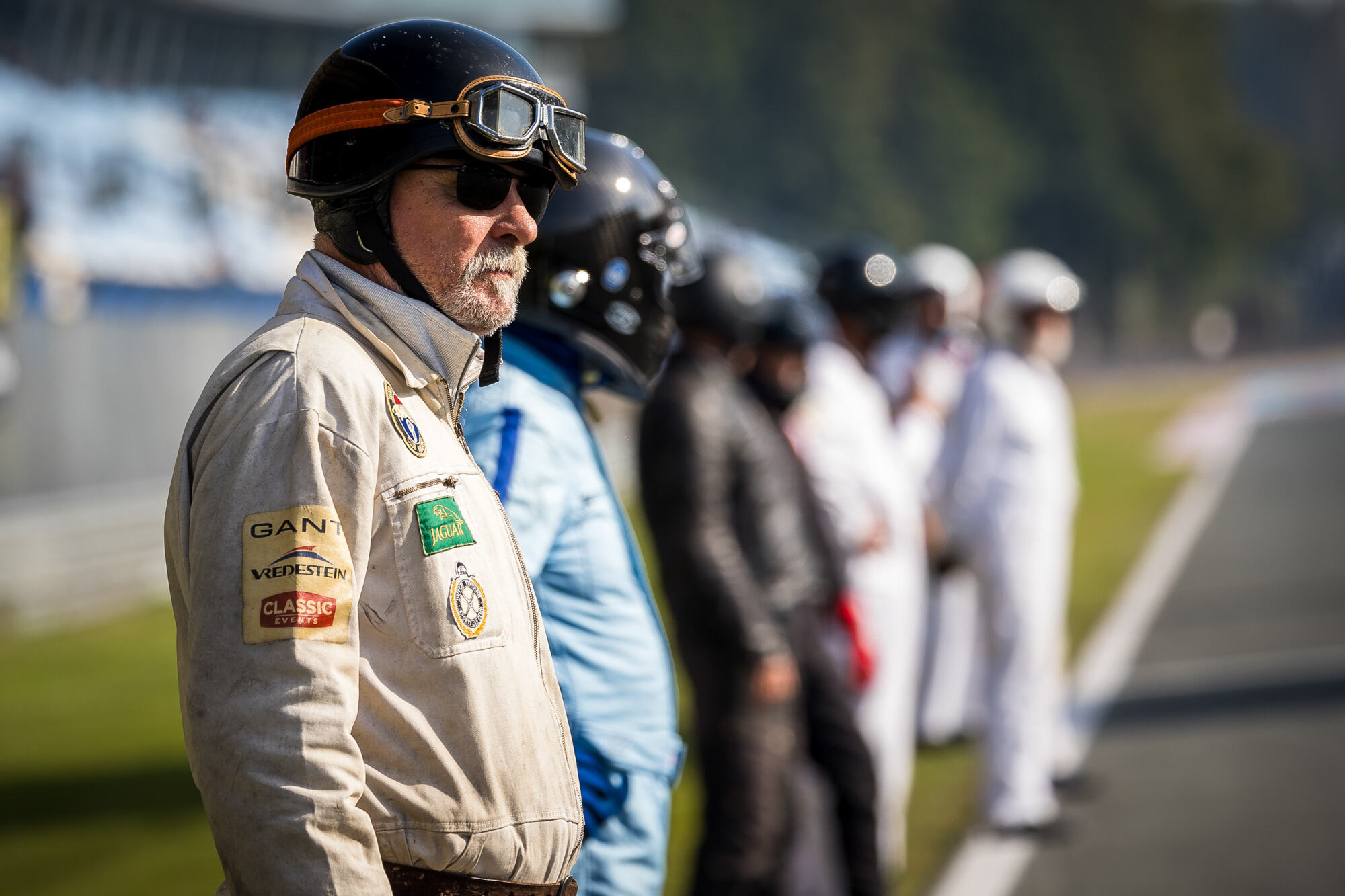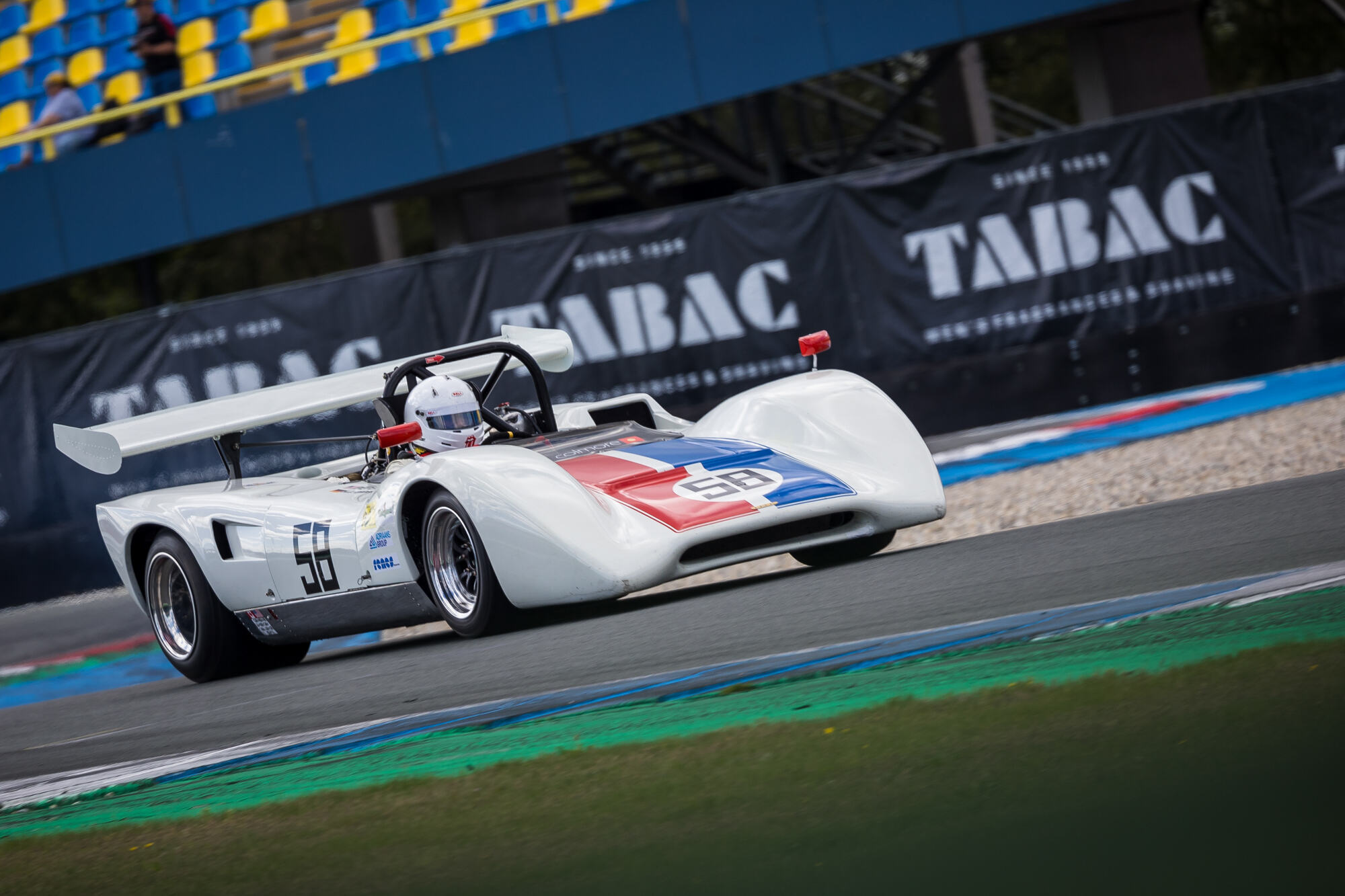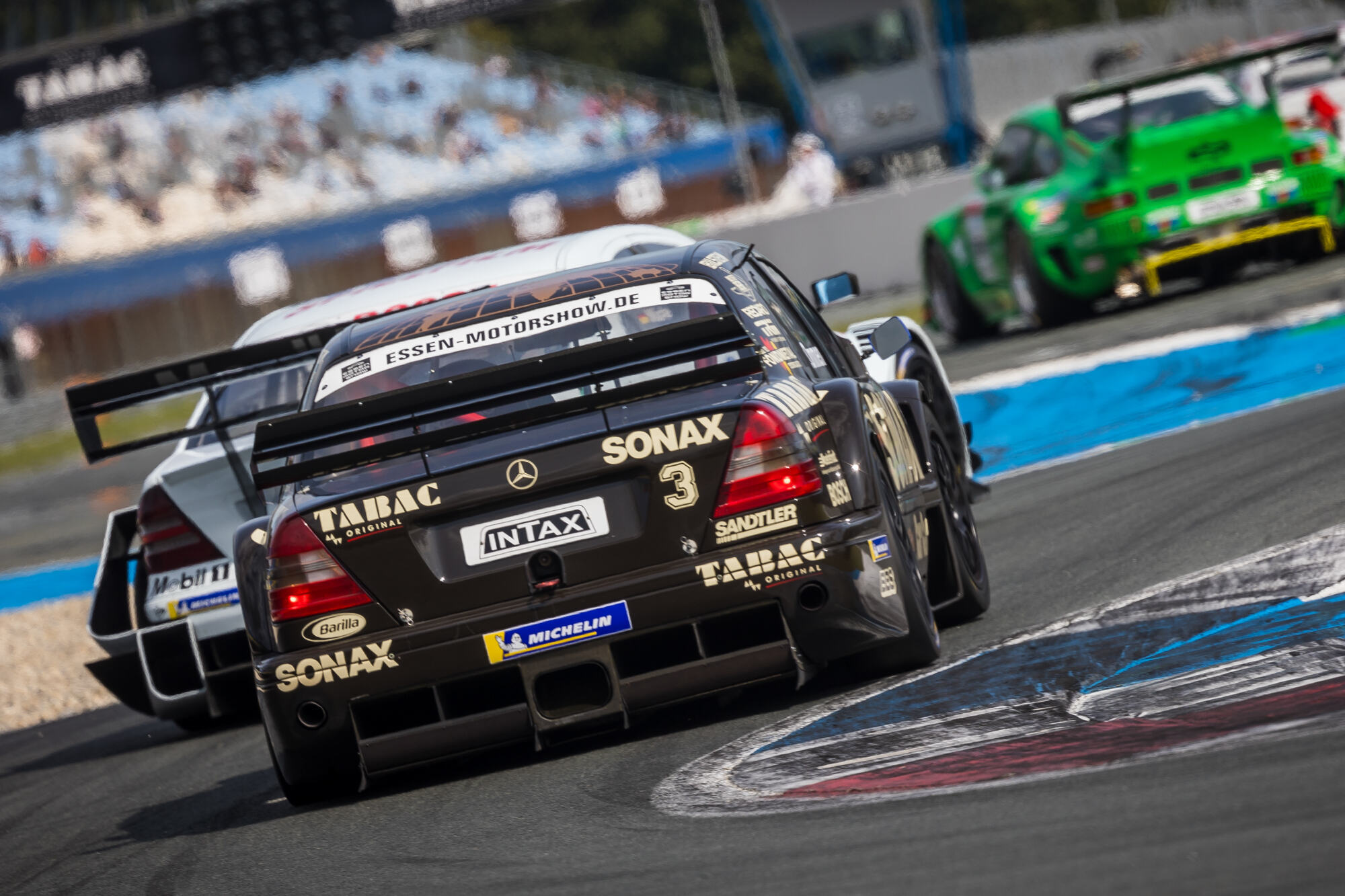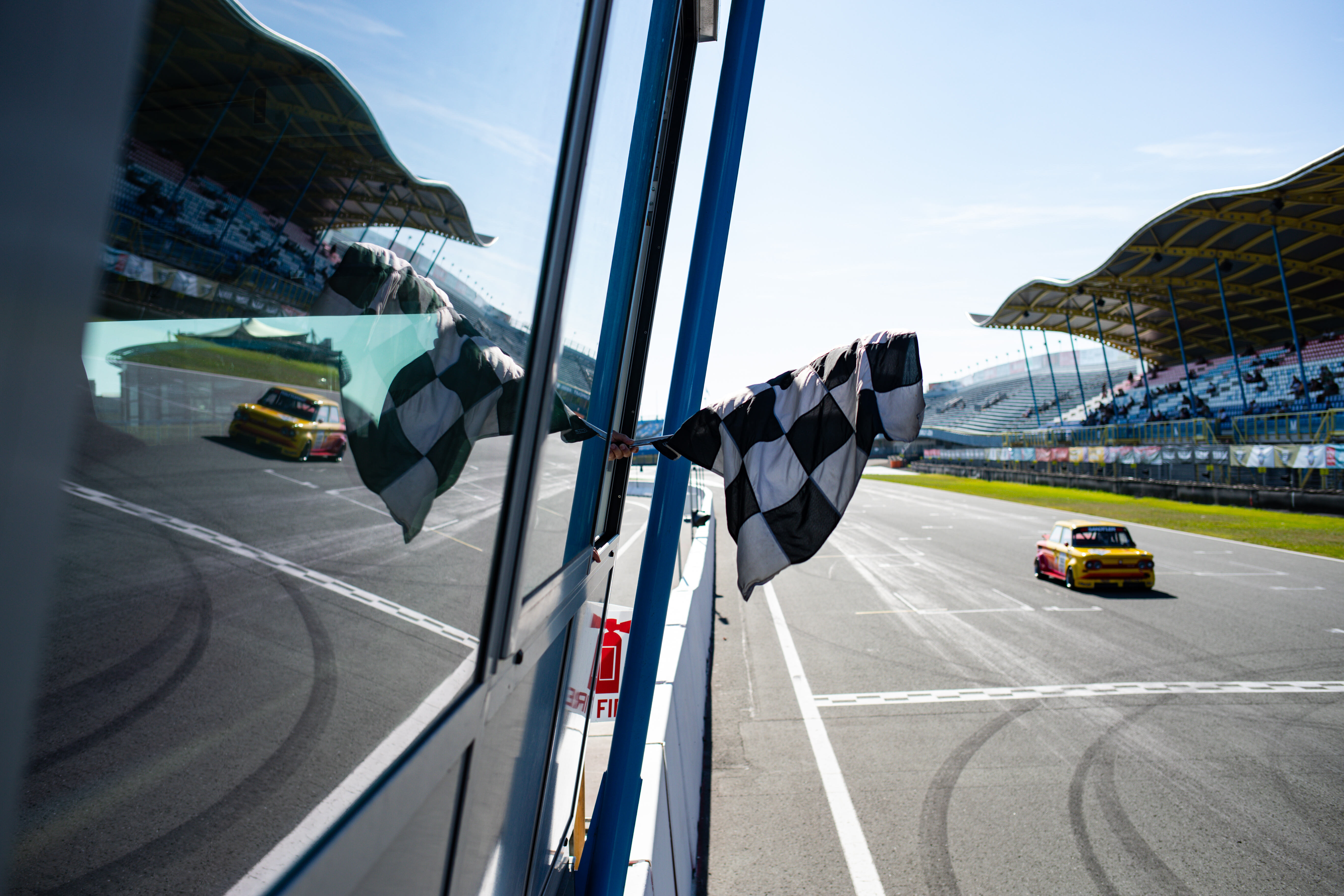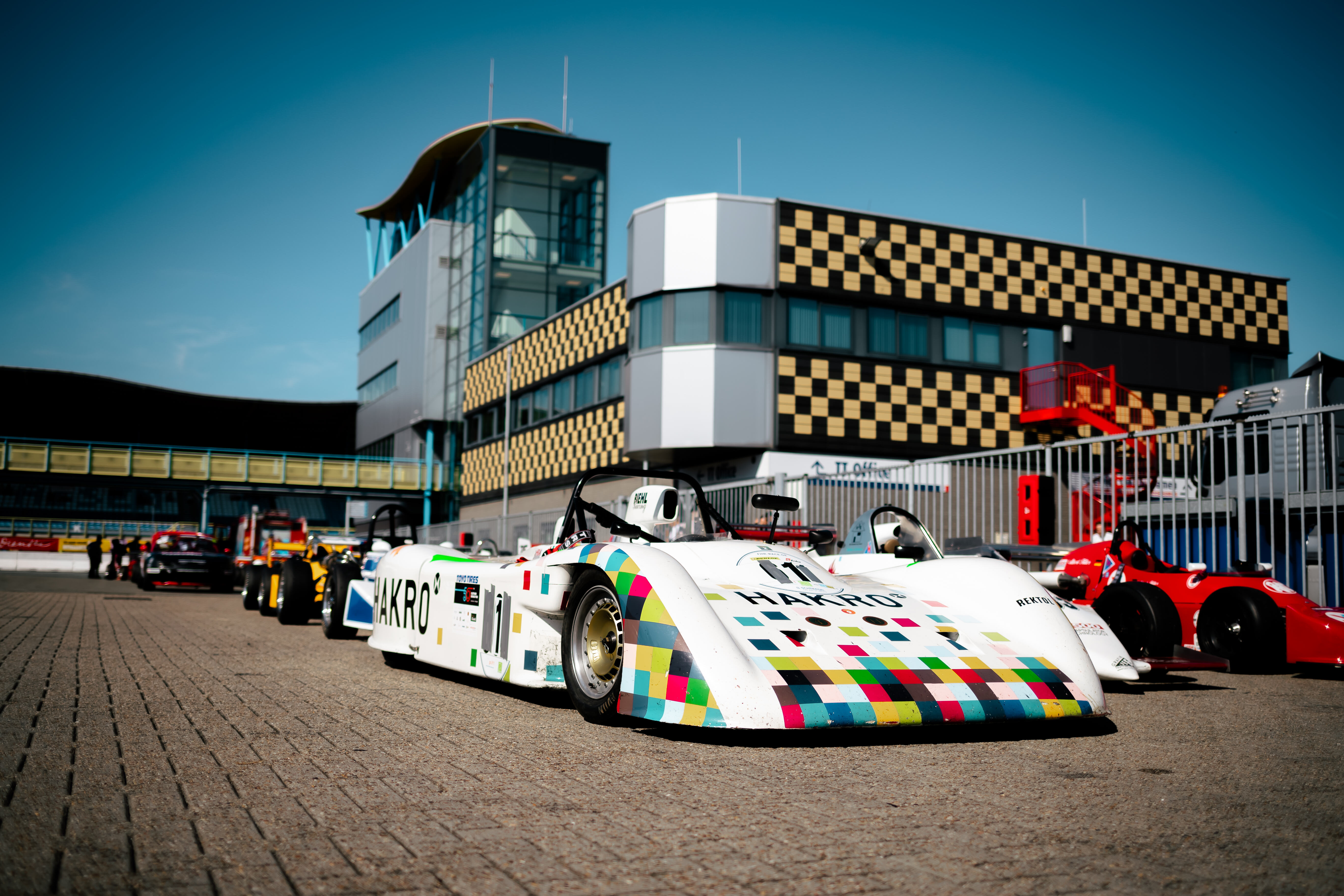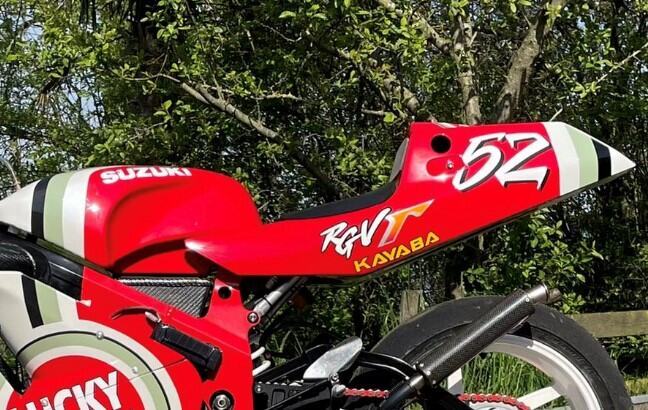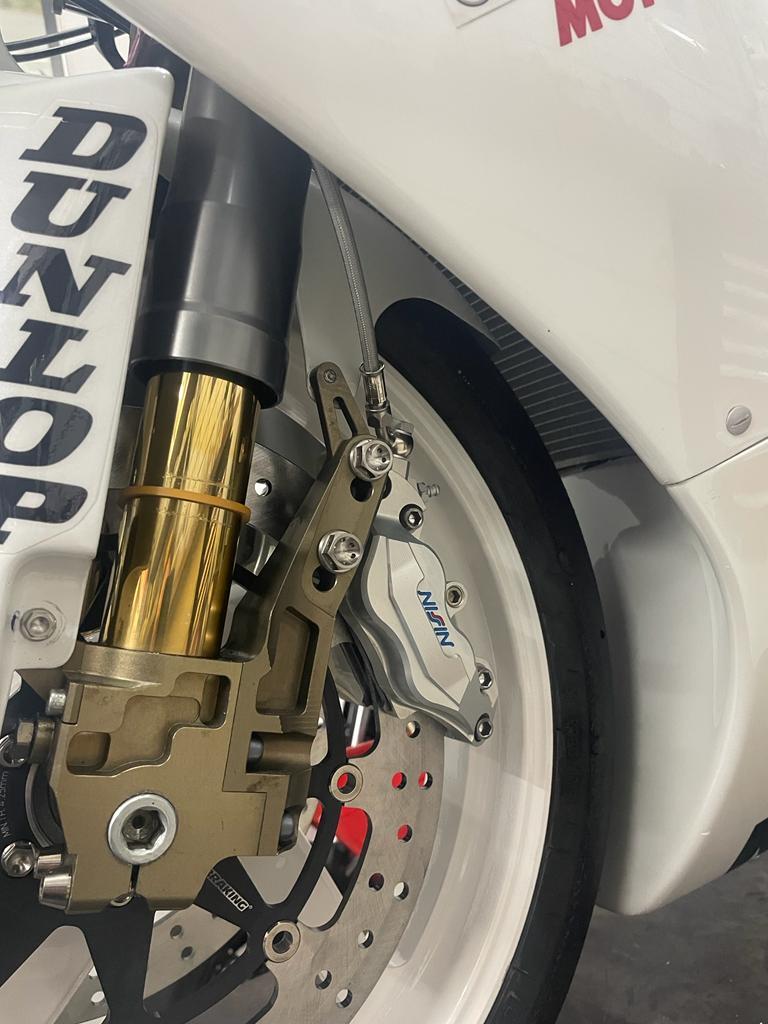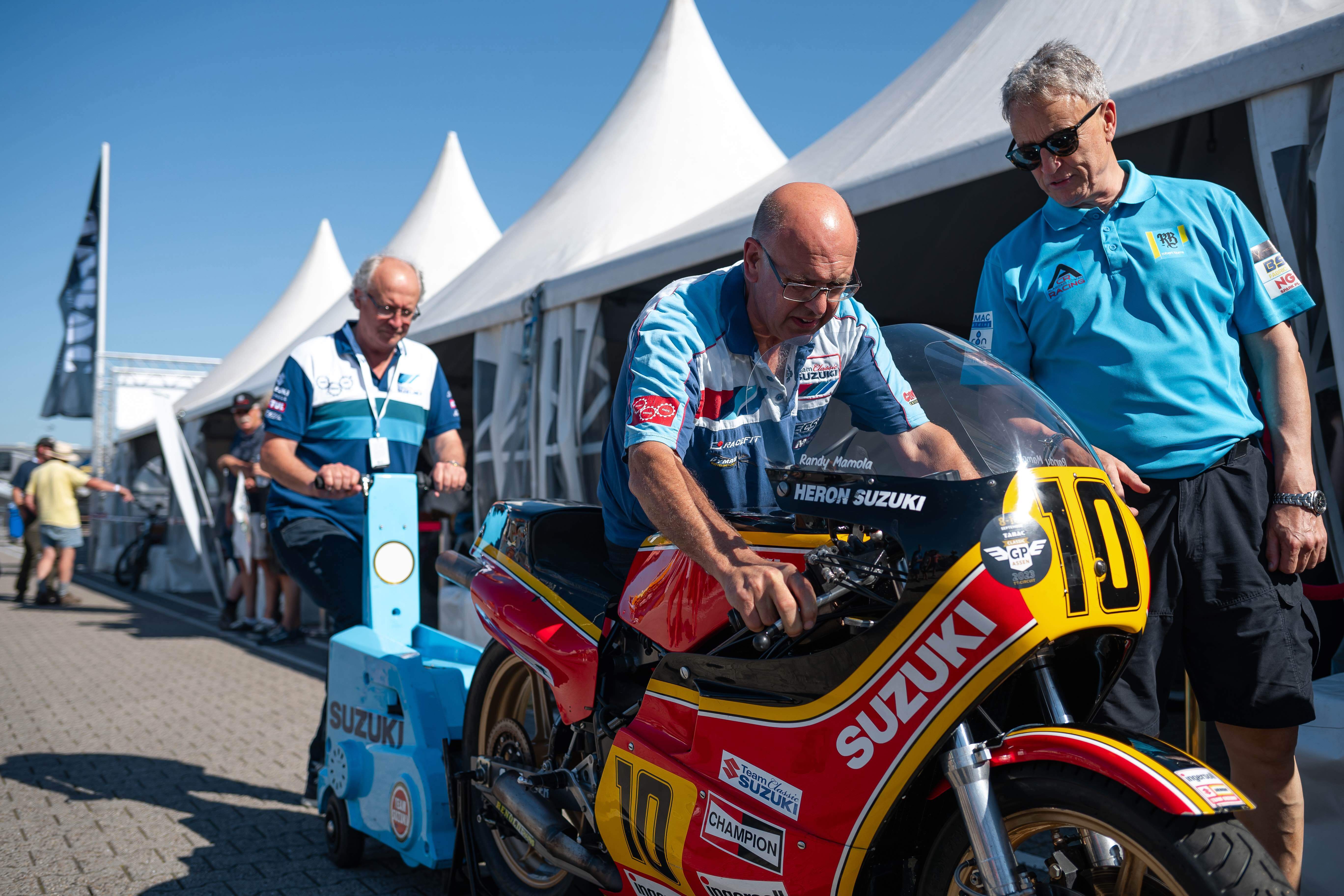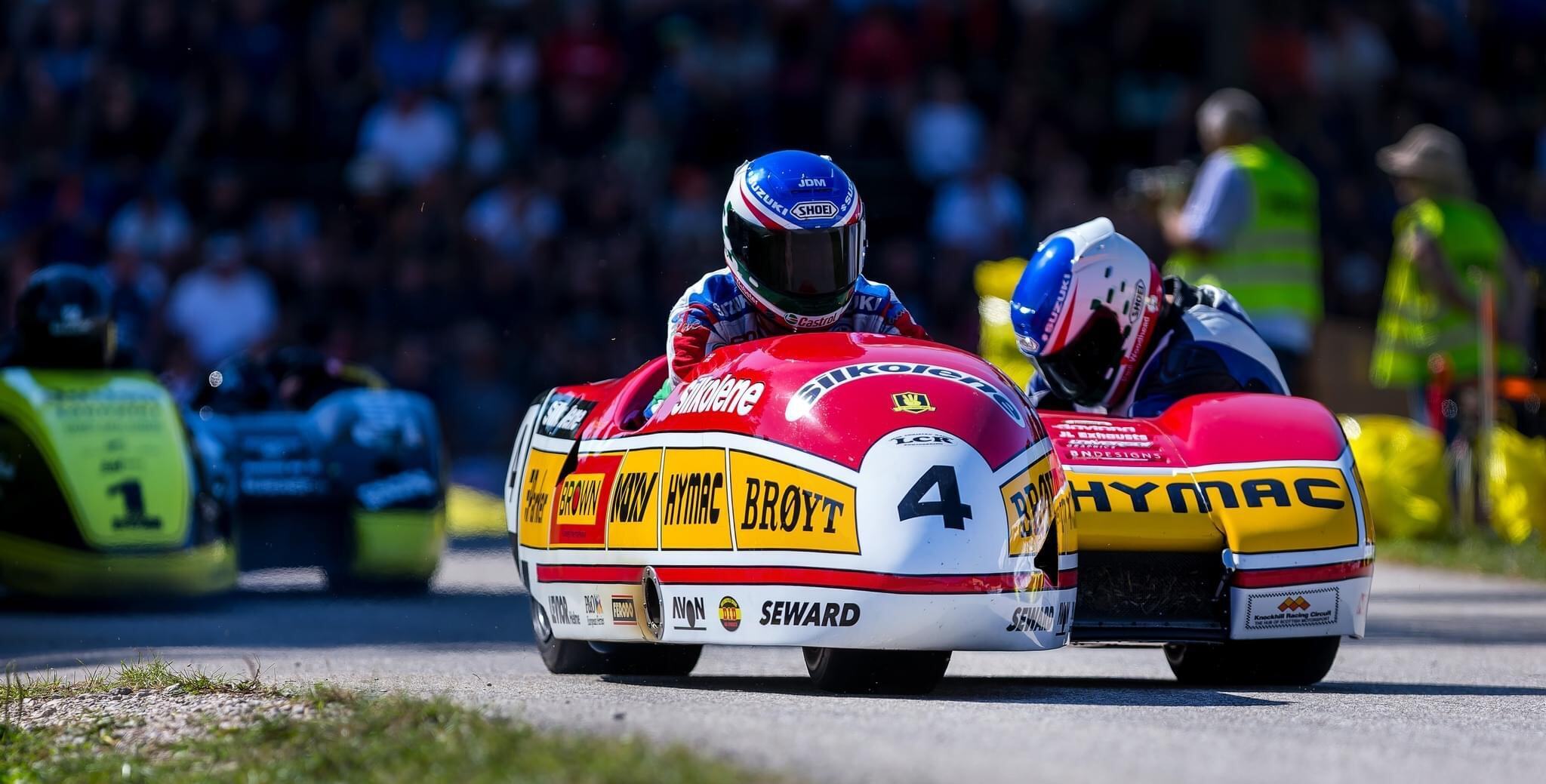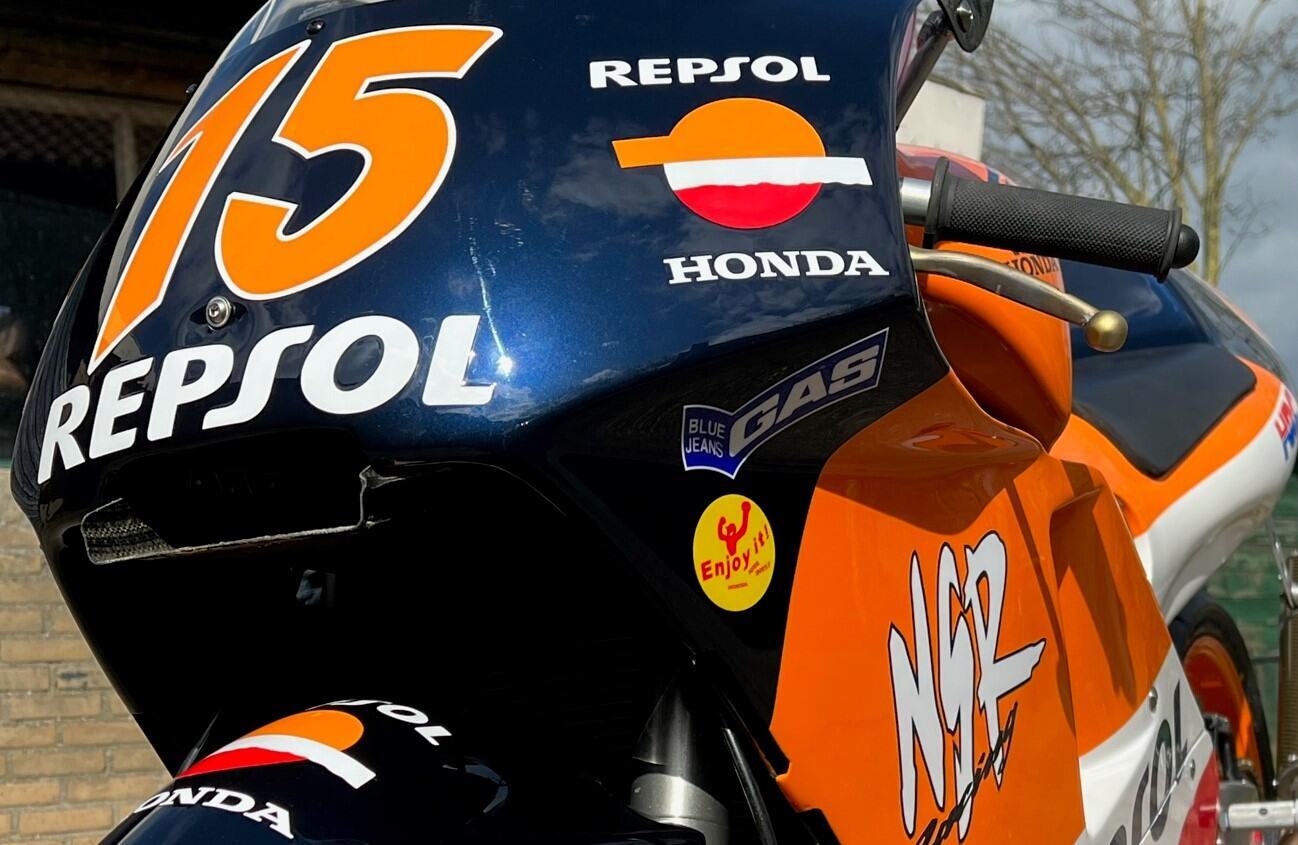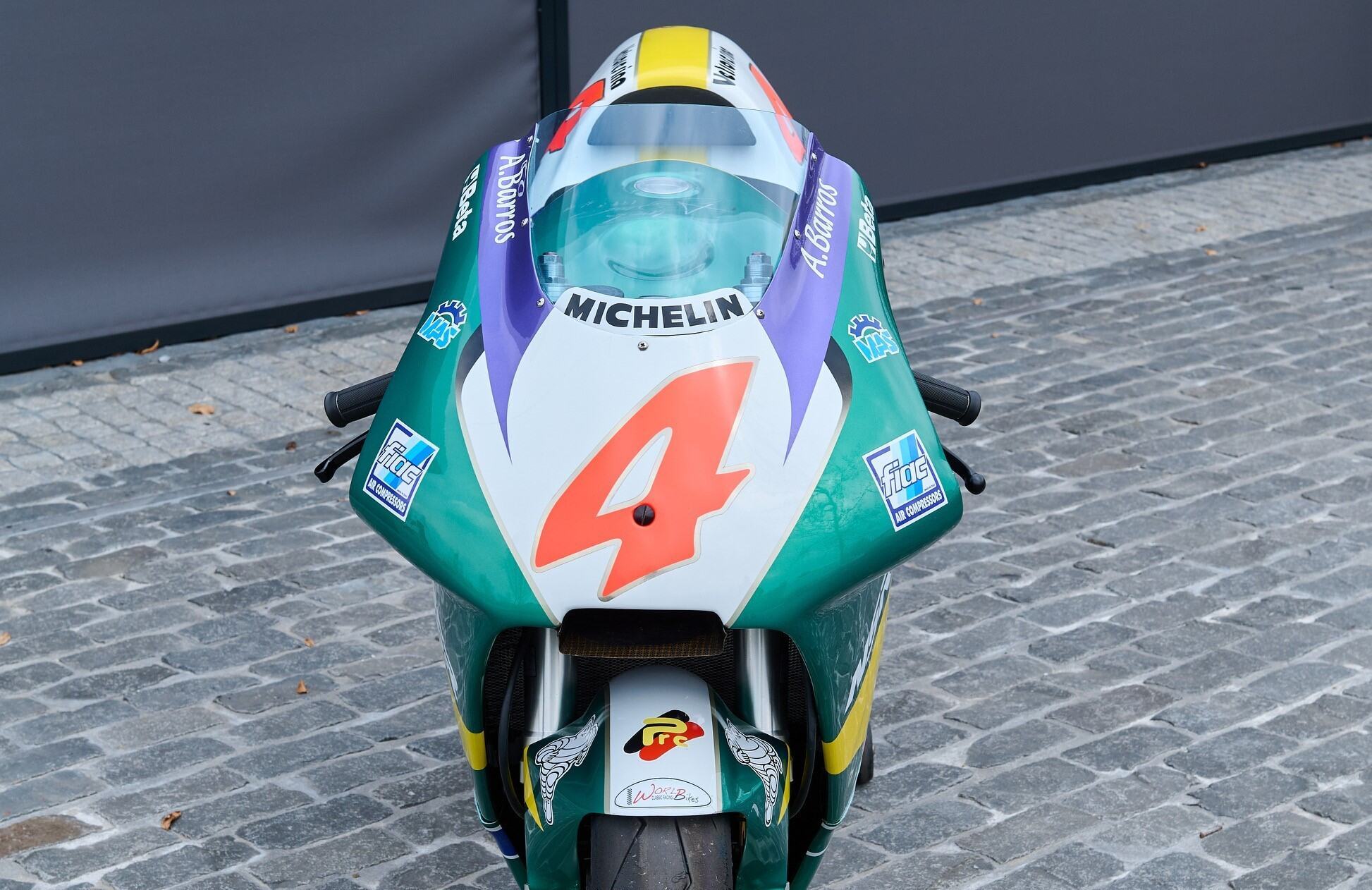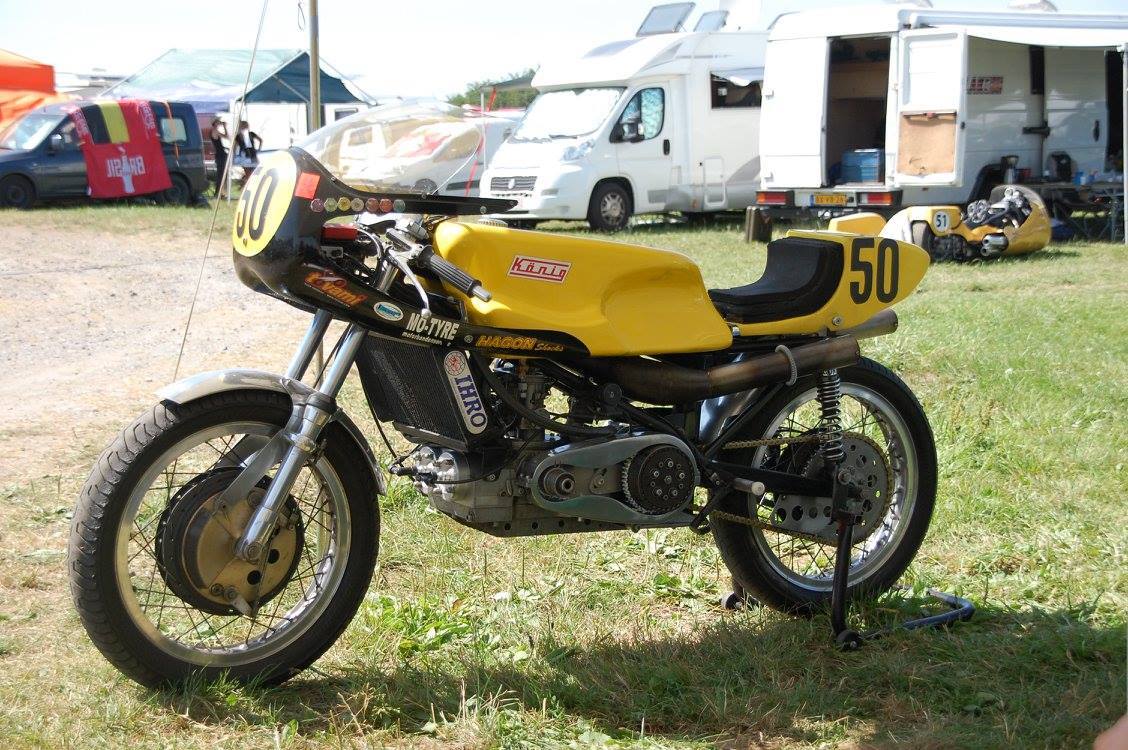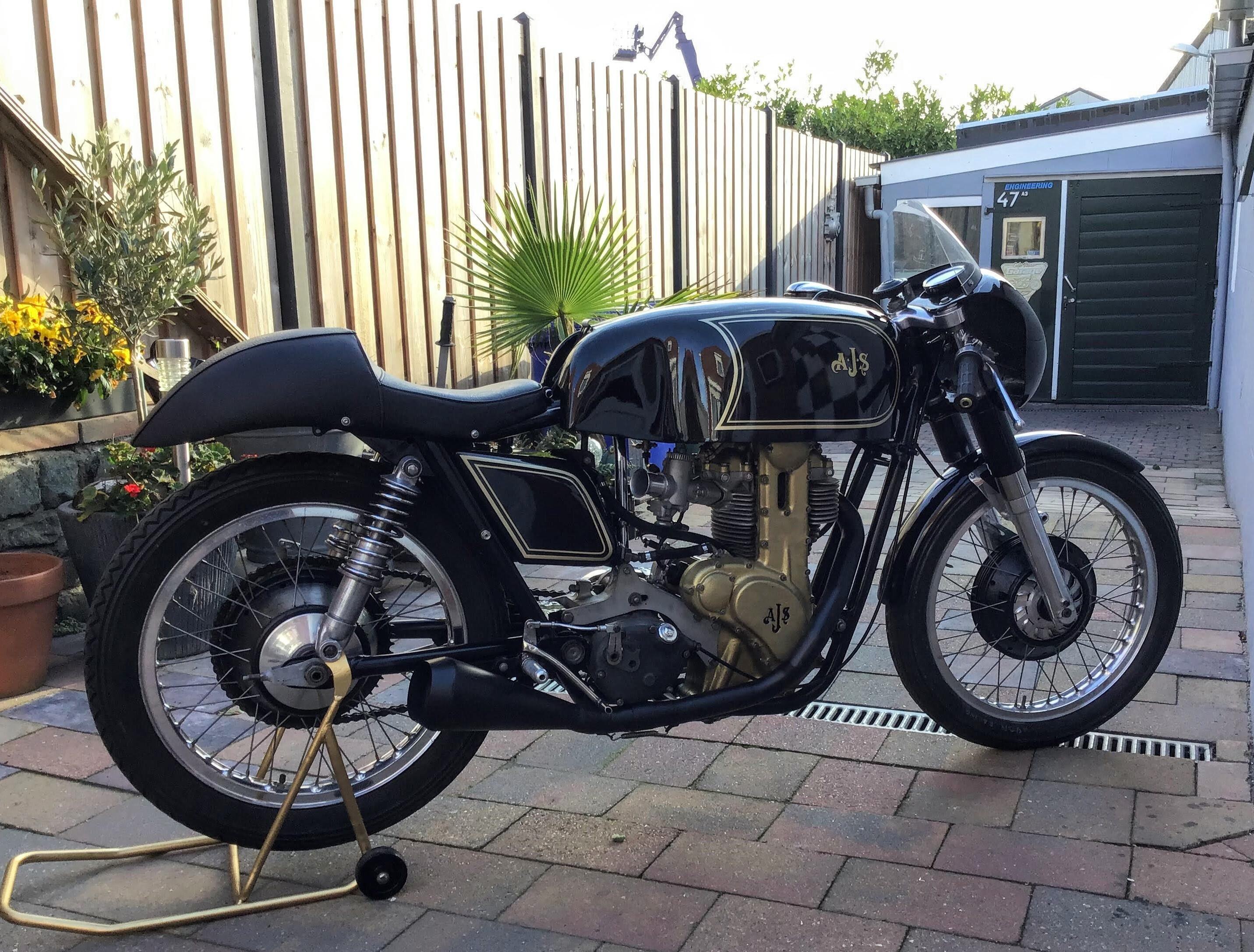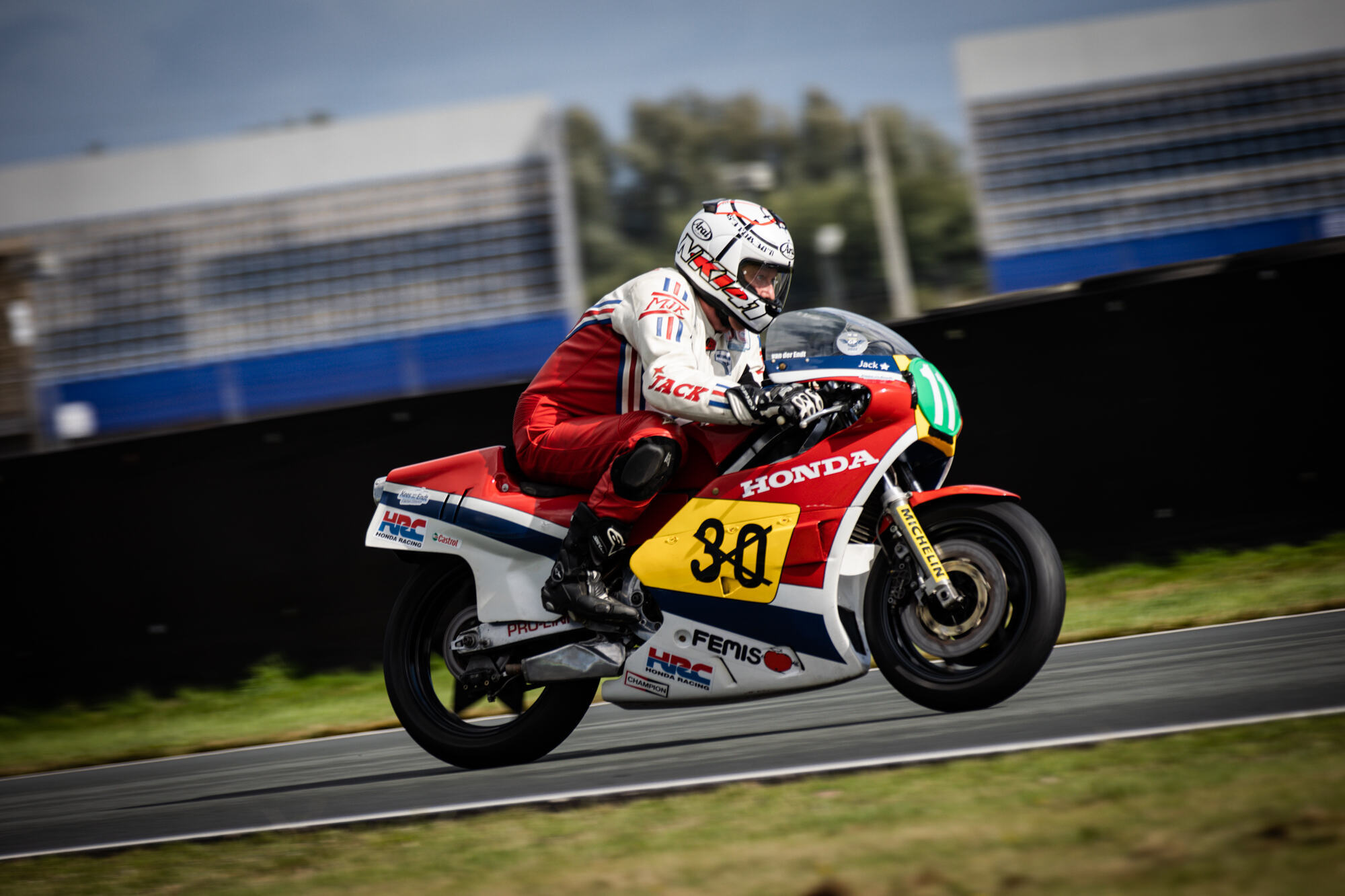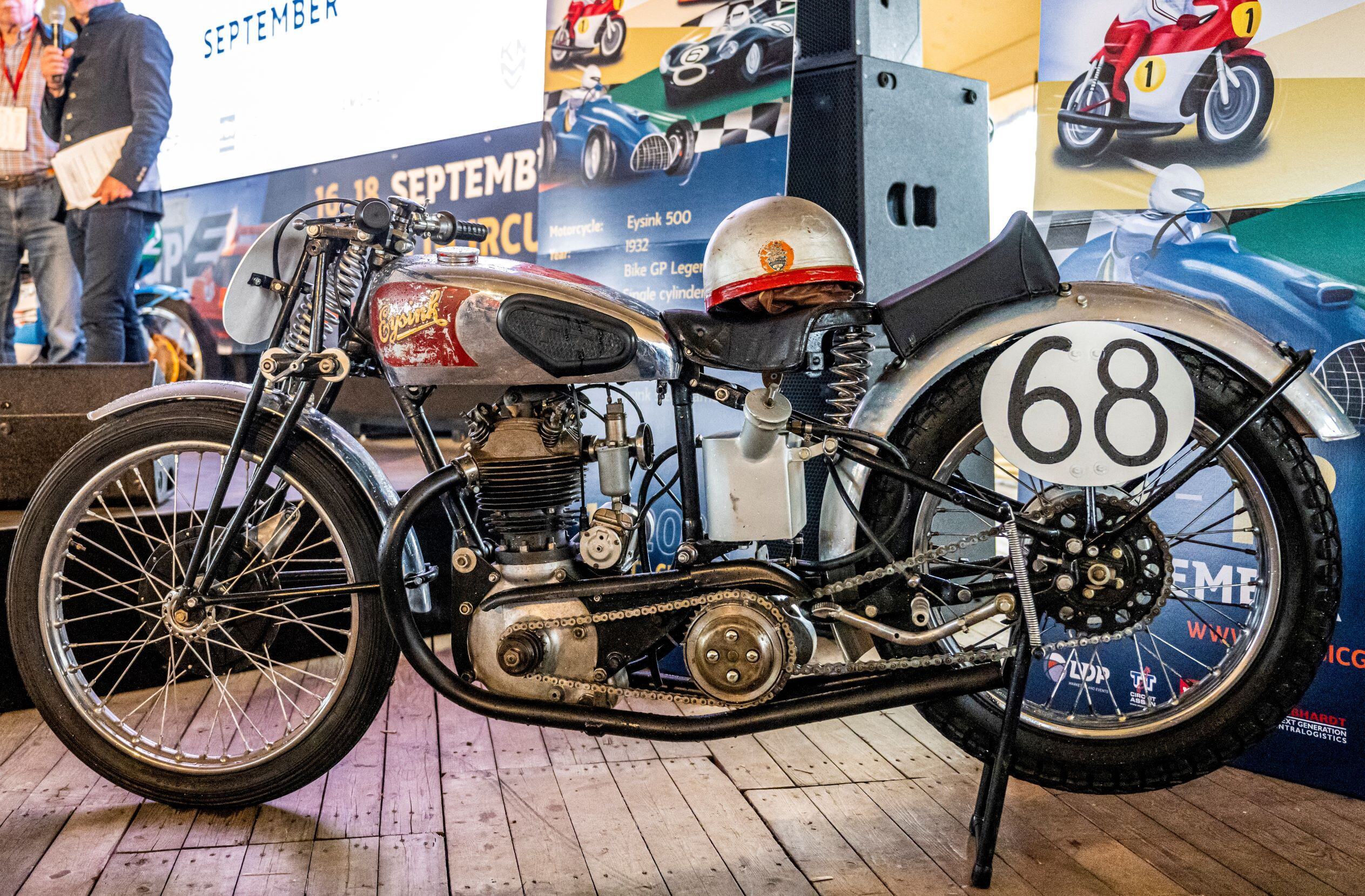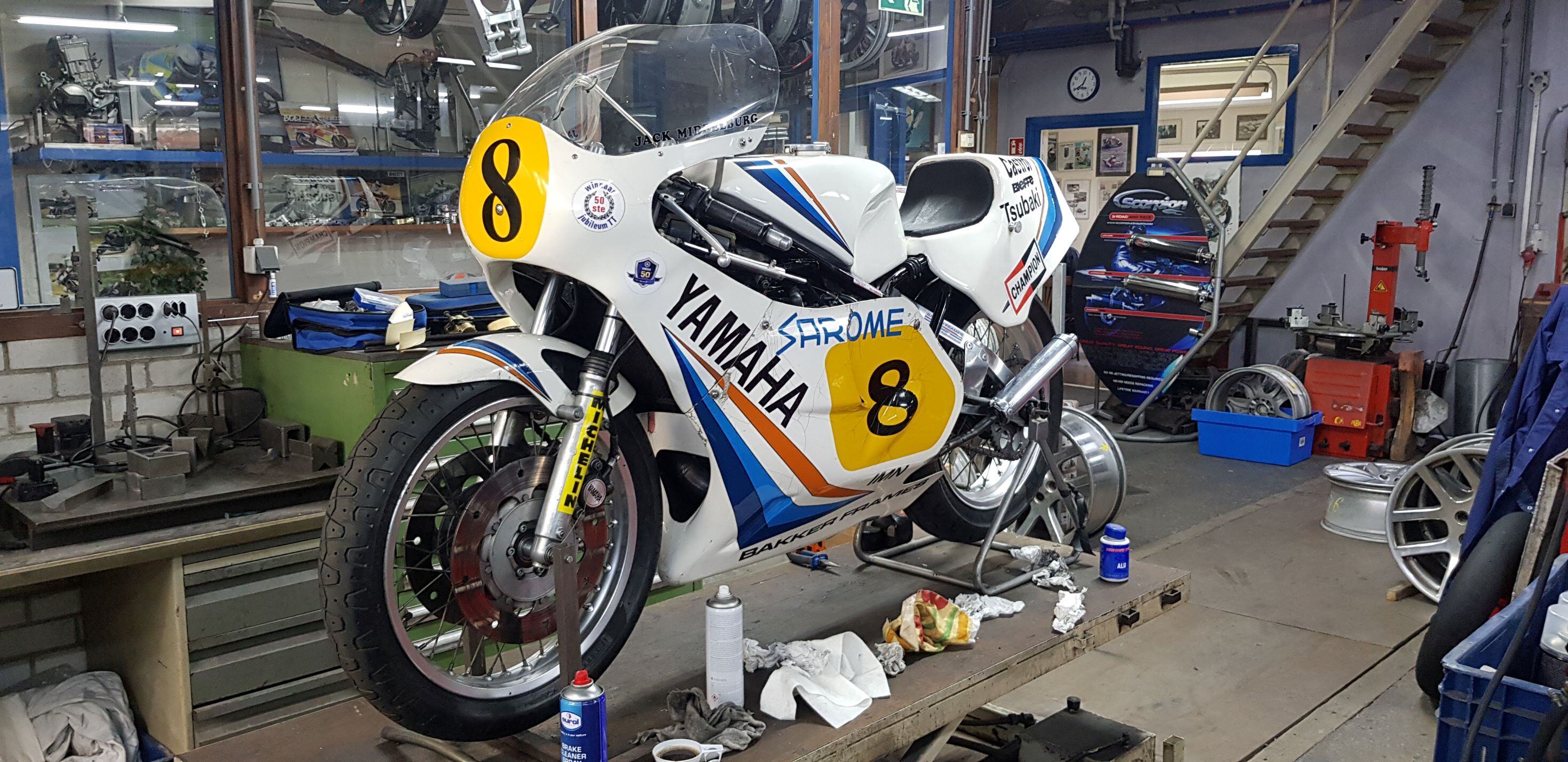Suzuki RGV 250: from Japan with Love
Arguably the most recognizable image of Grand Prix racing in the nineties is that of a Lucky Strike Suzuki, thanks to fan favourite Kevin Schwantz, the 1993 world 500c champion from the United States. Remarkably the tall Texan took most of that wins with his team mates struggling for success, both in the 500 and 250 cc category.
In an attempt to widen its success range in the world championship the Japanese motorcycle manufacturer returned to the 250cc class in 1991, after 25 years of absence. In the course of three seasons the Lucky Strike RGV 250 remained a mid-pack motorbike which lead Suzuki to pull the plug on the project by the end of 1993. They kept developing the RGV 250 in the all-Japan championship however with Noriyasu Numata winning Suzuki’s first ever 250cc National title and retaining the title the following year, beating the likes of future GP stars Tohru Ukawa and Daijiro Kato.
In the 1996 Grand Prix of Japan Suzuki entered its Japanese champion as a wild card. It was to be the last 250cc Grand Prix for a Suzuki in the famous Lucky Strike colours and Numata delivered with an unexpected podium finish behind winner Max Biaggi.
The illustrious Lucky Strike Suzuki bearing the number 52 is entered in the Classic GP Assen by former GP mechanic Gerard Rike from Holland. Rike, a mechanic for Wilco Zeelenberg, built this bike from scratch using a factory frame raced in the all-Japan championship, a factory fairing and an A-kitted engine producing 82 hp compared to the 86 produced by the factory GP bike. He went to great lengths finding original Suzuki GP parts resulting in this immaculate RGV from Japan made with Dutch love for racing.



